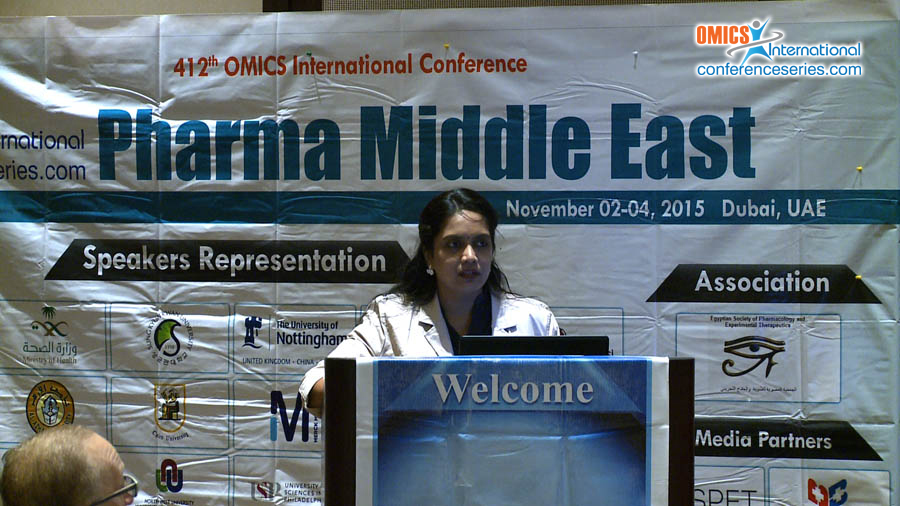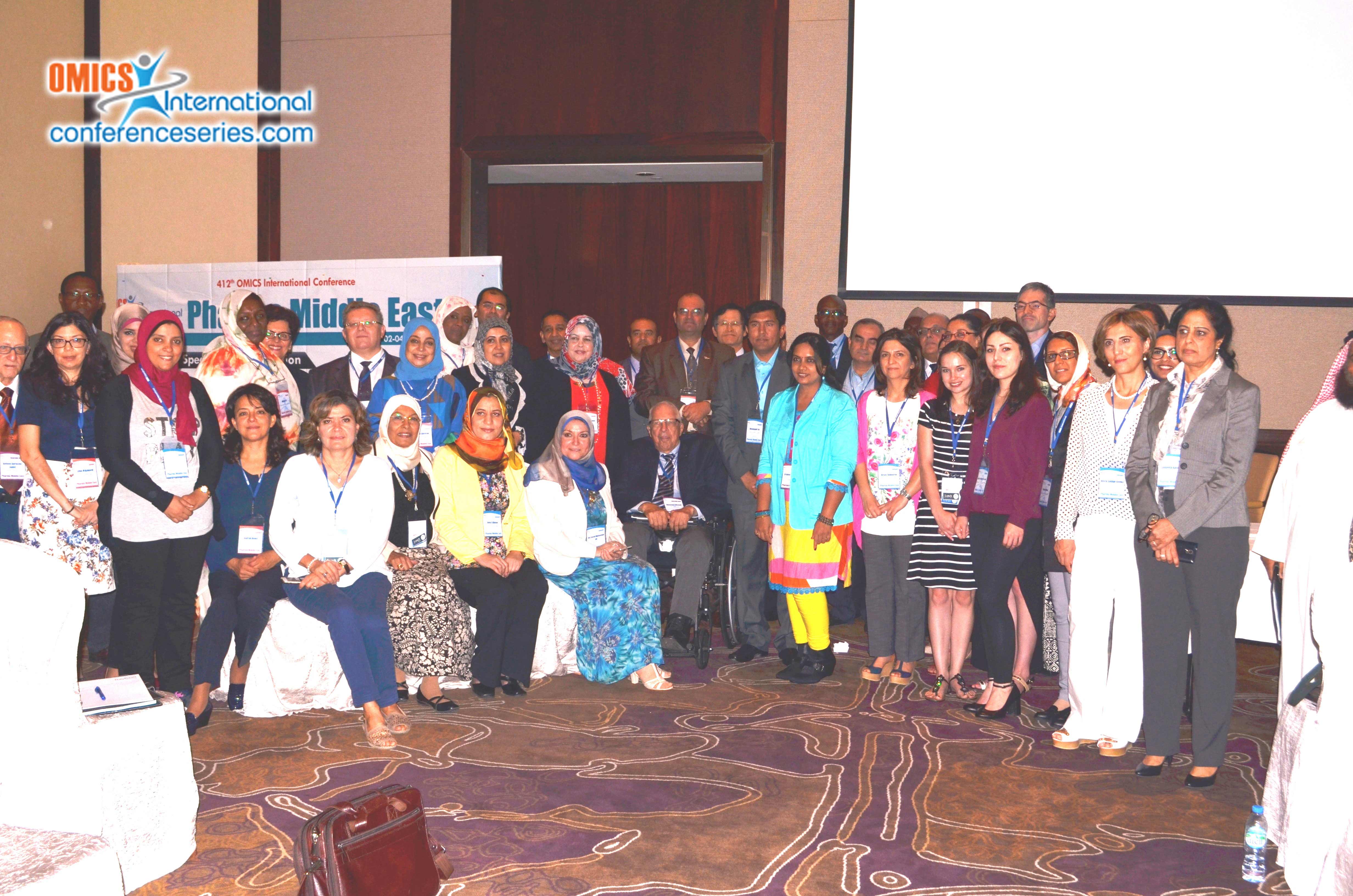
Sridevi Chigurupati
Asian Institute of Medicine, Science & Technology, Malaysia
Title: Green synthesis and antibacterial activity of novel azomethines
Biography
Biography: Sridevi Chigurupati
Abstract
Green chemistry is the design of chemical products and processes that reduce or eliminate the use and/or generation of hazardous substances. Solvents are auxiliary materials used in chemical synthesis. The development of green chemistry redefines the role of a solvent, the only natural solvent on earth is water. It is obvious that water is the most inexpensive and environmentally benign solvent. A series of azomethines (C-1 to C-6) were synthesized from β-phenyl acrolein moiety using various aromatic amines using water as green solvent instead of hazardous chemicals. The increased incidences of severe opportunistic bacterial infections in immunological deficient patients together with the development of resistance among pathogenic gram positive and gram negative bacteria, motivated investigators to find some newer molecules that may be effective against antibiotic resistant bacteria. The synthesized compounds were further characterized and screened for antibacterial activity by test tube dilution method and disc diffusion method using gentamycin as standard drug. The antibacterial study revealed that the minimum inhibitory concentrations of C-5 and C-6 were found to be potent when compared to standard drug gentamycin against gram positive bacteria (B. subtilis and S. aureus) and gram negative bacteria (P. aeruginosa and K.rnpneumoniae). Apart from this, the minimum inhibitory concentration of compounds C-3 and C-4 also showed their high potential against B. subtilis and P. aeruginosa, respectively. All the six azomethines showed good activity against S. aureus. The antibacterial potency of newly synthesized compounds is attributed to the presence of azomethine linkage in the molecules.



